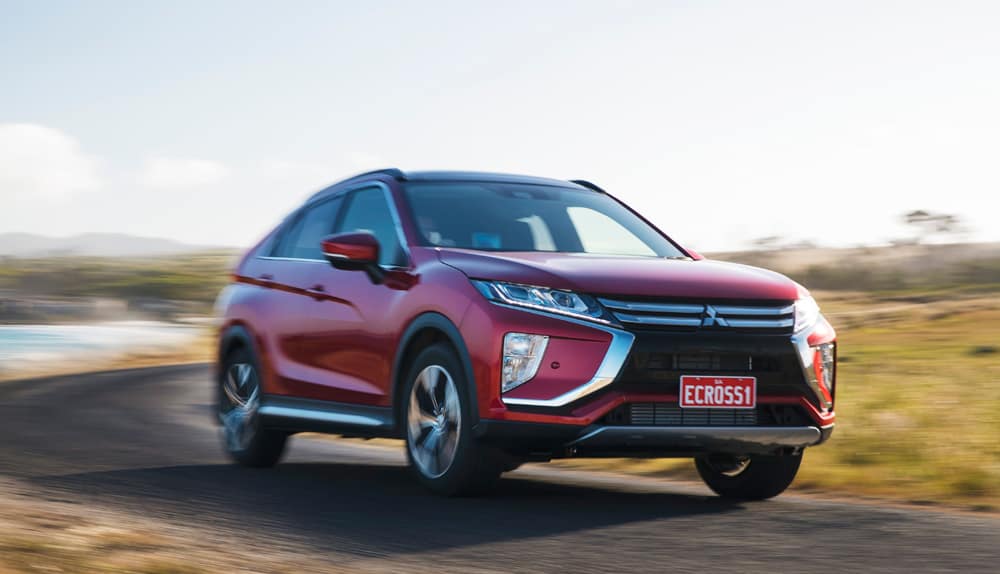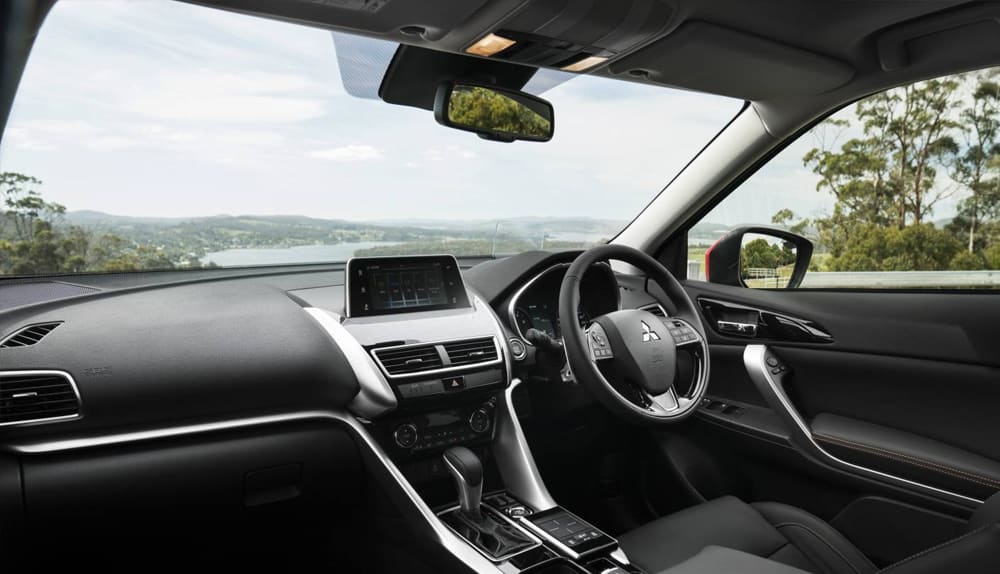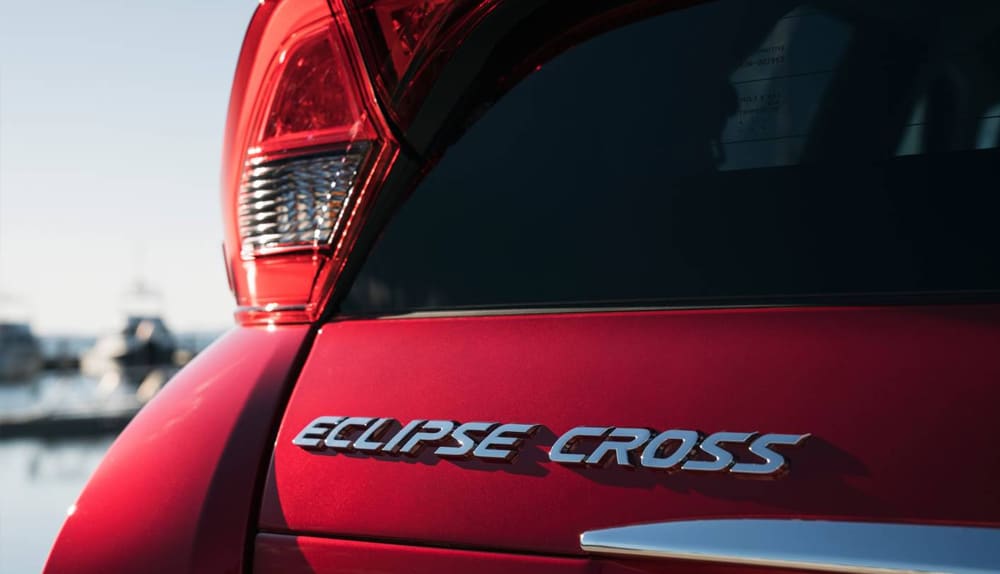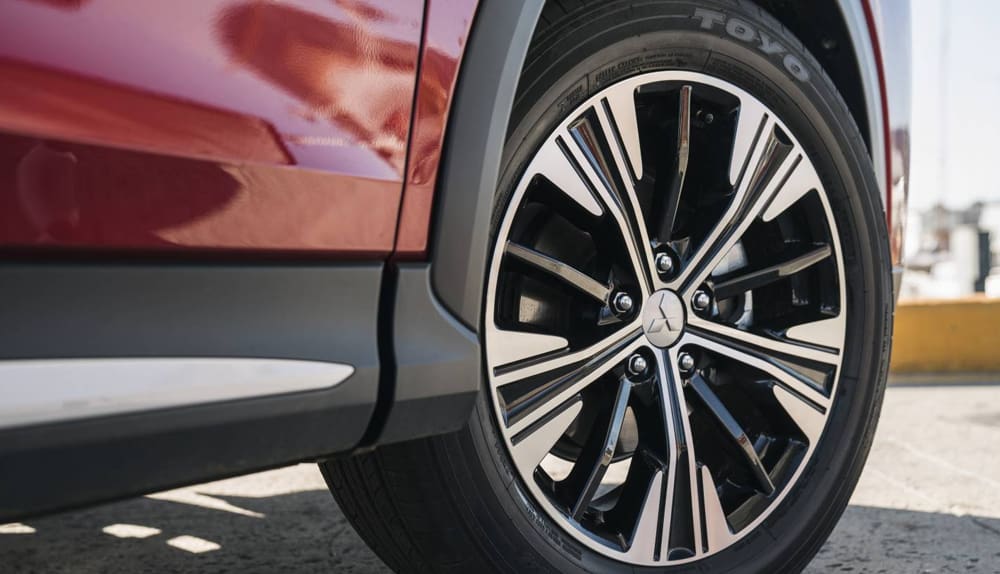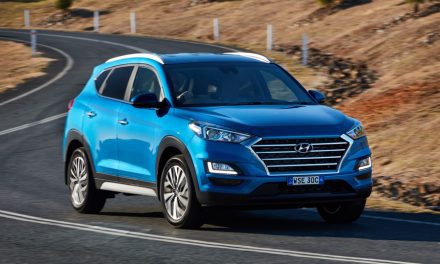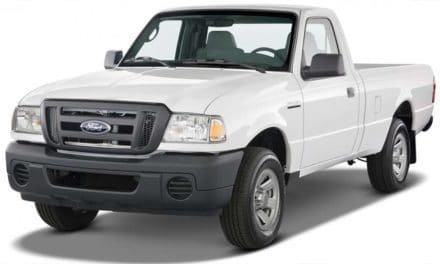YES, it’s yet another SUV, the seemingly ever-growing market segment that is slowly but surely culling the sedans of the world.
We’re talking about Mitsubishi’s Eclipse Cross, an addition to the Japanese brand’s already popular ASX and Outlander SUVs, and it sits right between those two, being slightly bigger than the ASX and slightly smaller than the Outie.
In its favour is its edgy, almost coupe-like appearance with a rear window split by a spoiler with full-width lighting, and its plethora of up-to-date kit.
There are three versions of the Eclipse Cross, all powered by an all-new 1.5litre four cylinder 110kW/250Nm direct injection turbocharged petrol engine matched to a continuously variable transmission (CVT) with Sport mode, manual override and paddle shifters.
The range comprises the $30,500 LS and $36,000 Exceed, both in front wheel drive, with an all-wheel drive Exceed available for an extra $2500. The latter gives the driver a choice of three drive modes – Auto, Snow and Gravel.
The test steed was the 2WD Exceed, likely to be the most popular of the trio.
Standard kit on the LS includes 18-inch alloys, Smartkey, 7.0-inch touch screen, seven airbags, parking sensors fore and aft, Forward Collision Warning, Automatic High Beam, Lane Departure Warning, Hill Start Assist, Bluetooth, an Android Auto and Apple CarPlay.
The Exceed adds dual-zone aircon, leather trim, power and heated front seats, LED headlights with auto levelling, a double panoramic sunroof, Head Up Display, Blind Spot Warning, Rear Cross Traffic Alert, Multi Around Monitor, adaptive cruise control and ‘ultrasonic misacceleration mitigation system’ which somehow figures out that Dopey has hit the accelerator by mistake and slows the car to minimise damage.
It also has seven airbags and a good a reversing camera – and a five-star Euro crash safety rating.
The Eclipse Cross has a delightful and spacious cabin with an 8-step slide-and-recline adjustment for the 60:40 split rear seat and good cargo capacity of up to 448 litres.
The engine size might see small for the size of the vehicle, but it’s one of the new-age products that packs a lot of hi-tech muscle into its compact size and it has no trouble in providing good performance – and if you’re into pulling trailers and suchlike, it has a surprisingly impressive 1600 kg towing capacity.
It runs smoothly and quietly with good response and I liked the advanced CVT, which did not display the engine flare associated with this kind of transmission, and offered 8 geared steps if used in manual mode.
The ride is Euro-firm and it’s a pleasant thing to be in, with good visibility in all but the three-quarter rear portion, where the roof is held by a pair of sturdy pillars.
The suspension and steering give it a confident feel on the road and it remains flat through the corners.
There’s a console touchpad for the multimedia system that duplicated the touchscreen functions, except that didn’t connect my phone. I couldn’t see much sense in it.
Fuel economy is an official average of 7.3 litres/100km and I came close to that with 7.6 on a country run, provided I stayed at or below 100 km/h.
It went into the early 8s at 110 km/h and my average after week of mixed driving conditions was a still decent 8.3 litres/100 km.
We enjoyed the Eclipse Cross. It’s a super looker that drives well, has good performance, economy, space and comfort. As in the tale of Goldilocks and the three bears, the ASX might have been too small, the Outlander too big and the Eclipse Cross ‘just right.’
Like:
Don't Like
- Smart styling
- Comfort
- Good ride
- Space
- Fuel economy
- Birdseye view parking camera
- Lack of satnav
- Console touchpad
- No USB in console
Scores:
- Looks
- Performance
- Safety
- Thirst
- Practicality
- Comfort
- Tech
- Value

